0 x item(s)
372-451 Graham Farish GWR Modified Hall 7904 Fountains Hall
New release - pre-orders invited - expected Feb/Mar 2026. preauthkernow
The Great Western Railway (GWR) was famous for its variety of 4-6-0 steam locomotive classes, and none were more numerous and successful than the 49XX ‘Hall’ Class. The type was later developed to create the 6959 ‘Modified Hall’ Class which continued the successes of the ‘Halls’, operating from the final years of the GWR and throughout the British Railways period until steam ended on the Western Region in December 1965 yet N scale models of these iconic machines have never been produced, until now!
Developed alongside the brand new ‘Halls’ for the Graham Farish range, these masterpieces in miniature have been created through extensive research and detailed surveys of the preserved locomotives, of which there are several. The mixed traffic machines were found across the GWR network and beyond, and the new Graham Farish models will find many stablemates in the Bachmann range – from other locomotives to rolling stock and Scenecraft buildings – all suited to creating an authentic Western scene.
Constructed from a multitude of high-fidelity parts and decorated with an exquisite paint finish, the new Graham Farish ‘Modified Hall’ has an impressive technical specification to match. Employing a powerful coreless motor to drive the wheels through a diecast metal gearbox, electrical pickup comes from all driving and tender wheels and separate metal bearings are fitted to the driving wheel axles assuring smooth and reliable running. The tender houses a speaker and Next18 DCC decoder socket, making it easy to add sound, or opt for a SOUND FITTED version and the work is done for you, so you can enjoy realistic sound effects straight from the box on both Analogue and DCC.
- Graham Farish N Scale
- Era 4
- Pristine BR Lined Black (Early Emblem) Livery
- Running No. 7904
- Named ‘Fountains Hall’
- Collett 4,000-gallon Tender
- BR Smokebox Door with Numberplate and Shedplate
- Equipped with a Next18 DCC Decoder Socket – Recommend Decoder item No. 36-567A
- Length 141mm (over couplings)
GRAHAM FARISH GWR MODIFIED HALL CLASS SPECIFICATION
MECHANISM:
- Coreless motor
- Electrical pickup from all driving and tender wheels
- Separate metal bearings fitted to each driving wheel axle
- Metal bearings fitted to each tender wheel axle
- Diecast metal chassis block
- Diecast metal gearbox, with gearing arranged for prototypical running speeds and haulage capabilities
- 9mm (N gauge) wheels to NEM310 standards with authentic profile and detailing
- Traction tyres fitted to the rear driving wheels for assured haulage capabilities
- Valve gear of metal construction
- Discreet fixed locomotive to tender drawbar with integral electrical connections
- Coupling pocket to NEM355 standards fitted to the front bogie
- Removable coupling pocket to NEM355 standards fitted to the tender chassis
- Designed to operate on curves of second radius (263.5mm) or greater
DETAILING:
- High-precision, injection-moulded bodyshell and tender with separately fitted detail parts including smokebox door, dome, sand boxes, lower front lamp irons, steam pipes, whistle, reverser and tool tunnel
- Diecast metal running plate
- Separately applied metal components including handrails, buffers and sand pipes
- Dome, filler cap, water scoop and vacuum pipe added to the tender as separate parts
- Tender fitted with metal coal-effect load
- Brake and spring detail on the chassis
- Detailed cab interior including boiler backhead controls and gauges, brake standard and water scoop standard
- Each model supplied with a set of accessory parts including dummy screwlink couplings, coupling hooks and alternative filler piece for the front bogie for use when the standard coupling is removed
DCC:
- Next18 DCC decoder interface located in the tender
SOUND:
- Speaker installed in the tender of all models for optimum sound reproduction
- Zimo MS590N18 DCC Sound Decoder pre-installed in SOUND FITTED versions
- Sound files produced specifically for the Graham Farish GWR Modified Hall Class using recordings from real locomotives
- SOUND FITTED models operate on DCC and Analogue control as supplied
LIVERY APPLICATION:
- Authentic liveries applied to all models
- Multiple paint applications employed on each model using GWR and BR specification colours
- Logos, numerals and text added as appropriate using multi-stage tampo printing process, employing authentic typefaces, logos and colours
- Named locomotives are supplied with pre-fitted, fully decorated nameplates
GWR MODIFIED HALL CLASS HISTORY
The 6959 ‘Modified Hall’ Class was a development of the numerous and successful Great Western Railway (GWR) 4900 ‘Hall’ Class design that had been introduced by Charles B. Collett in 1924. The prototype ‘Hall’ was created by rebuilding Saint Class No. 2925 ‘Saint Martin’ with smaller driving wheels and a new cab, creating the Hall Class of which 258 examples would be built from new between 1928 and 1943.
Frederick W. Hawksworth took over from Collett as the Chief Mechanical Engineer of the Great Western Railway in 1941, and he soon set about modernising the GWR’s designs. To all intents and purposes Collett had continued the ideology and traditions of George J. Churchward who went before him, meaning the GWR’s locomotive designs had evolved very little during the first four decades of the twentieth century.
The design for the Modified Hall Class intended to introduce efficiencies in construction and maintenance, with the locomotive frames and bogie each being to simpler designs. The frames were made from plate metal running the full length of the locomotive, instead of the composite plate and bar frames of the ‘Halls’, and the bogie was now constructed from plate frame instead of bar too. Casting the two cylinders separately and mounting the smokebox on a fabricated saddle was another revolution compared to the ‘Hall’ design where both cylinders and the smokebox saddle were all cast together. Whilst both types used the Standard No. 1 boiler, because the GWR was facing a decline in the quality of coal used to fire its locomotives, additional superheating elements were fitted to improve steaming.
A total of 71 ‘Modified Halls’ were built in four lots between 1944 and 1950 and like the ‘Halls’ all would be named after country houses in England and Wales, although not all were named when they first entered service. Construction took place at Swindon Works and three diagrams were used, two covered the first 12 locomotives that were built in 1944 and denoted two different superheater arrangements, these locomotives were paired with Collett 4,000 gallon tenders. The third and most common diagram was for ‘Modified Halls’ built from 1947 with new Hawksworth 4,000 gallon tenders, these had first been introduced in 1945 with the County Class 4-6-0s. The new tenders had high, flat sides and were of welded construction.
Of the 71 locomotives built, just 22 were completed for the GWR, with the final 49 entering traffic after Nationalisation in 1948 and so going directly into British Railways (BR) ownership. Like the ‘Halls’, the ‘Modified Halls’ were employed on mixed traffic duties and were also classified as 5MT by BR. The entire fleet survived until 1963 when the first withdrawals commenced, and all had gone by the end of 1965 when standard gauge steam workings finished on the Western Region.
Seven ‘Modified Halls’ were spared scrapping, all of which entered preservation via Barry Scrapyard except for No. 6998 ‘Burton Agnes Hall’ which was purchased from BR by the Great Western Society. Subsequently No. 7927 ‘Willington Hall’ has been used as a donor for new build projects and so today just six ‘Modified Halls’ are preserved.
-

Academy Models
-

Accurascale
-
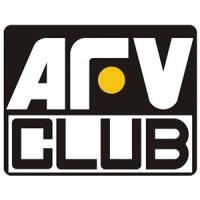
AFV Club
-

AIP by Bachmann
-
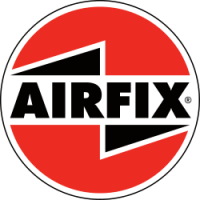
Airfix
-

Arnold
-

ATD Models
-

Auhagen
-

Bachmann
-

Bachmann Narrow Gauge
-
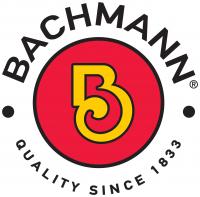
Bachmann USA
-
Barrie Stevenson
-

Bassett-Lowke
-

Berko
-

Busch
-

Cambrian
-

Clark Railworks
-

Corgi
-

Cornerstone
-

Dapol
-

DCC Concepts
-

Deluxe Materials
-

Dundas
-
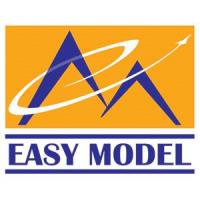
Easy Model
-

Eckon
-

EFE Rail
-

EFE Road
-

Emhar
-

ESU
-

Exclusive First Editions
-

Faller
-

Fleischmann
-
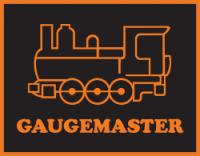
Gaugemaster
-

Gecko Models
-

Golden Valley Hobbies
-

Graham Farish
-

Greenlight Collectibles
-

Heljan
-

HK Models
-

Hornby
-

Hornby International
-

Hornby TT:120
-

Humbrol
-
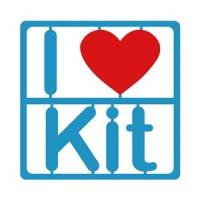
I Love Kit
-

Jouef
-
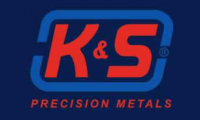
K&S Metals
-

Kadee
-

Kato
-
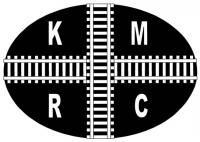
Kernow Models
-
Kestrel
-

Kibri
-

Lenz Digital
-
LightCraft
-

Liliput
-

Lionheart Trains
-

Merit
-

Metcalfe
-

Middleton Press
-

Mirror Models
-
Miscellaneous
-

model scene
-

ModelMaker
-

Murphy Models
-

Noch
-

Oxford Diecast
-

Oxford Rail
-
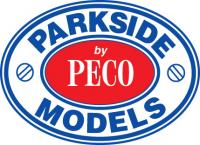
Parkside by Peco
-

PECO
-

Plastruct
-

Platform 5
-

PM Model
-

Preiser
-

Proses
-
RailMatch
-
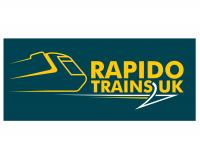
Rapido
-
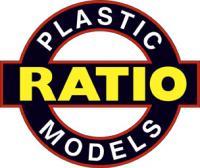
Ratio
-

Revell
-

Revolution Trains
-

Rivarossi
-

Roco
-
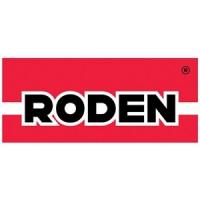
Roden
-

Scale Model Scenery
-

Scalextric
-
Shawplan
-

Slaters
-
Smiths
-

Springside
-
Star Tec
-
Strathwood
-

Superquick
-

Takom
-
Taliesin
-
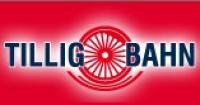
Tillig
-
Tiny Signs
-

Toyway
-
Tracksetta
-

Train-Tech
-

TrainSave
-
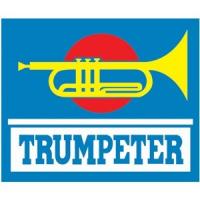
Trumpeter
-

Viessmann
-

Vollmer
-
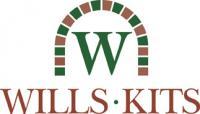
Wills
-

Woodland Scenics
-

Xuron
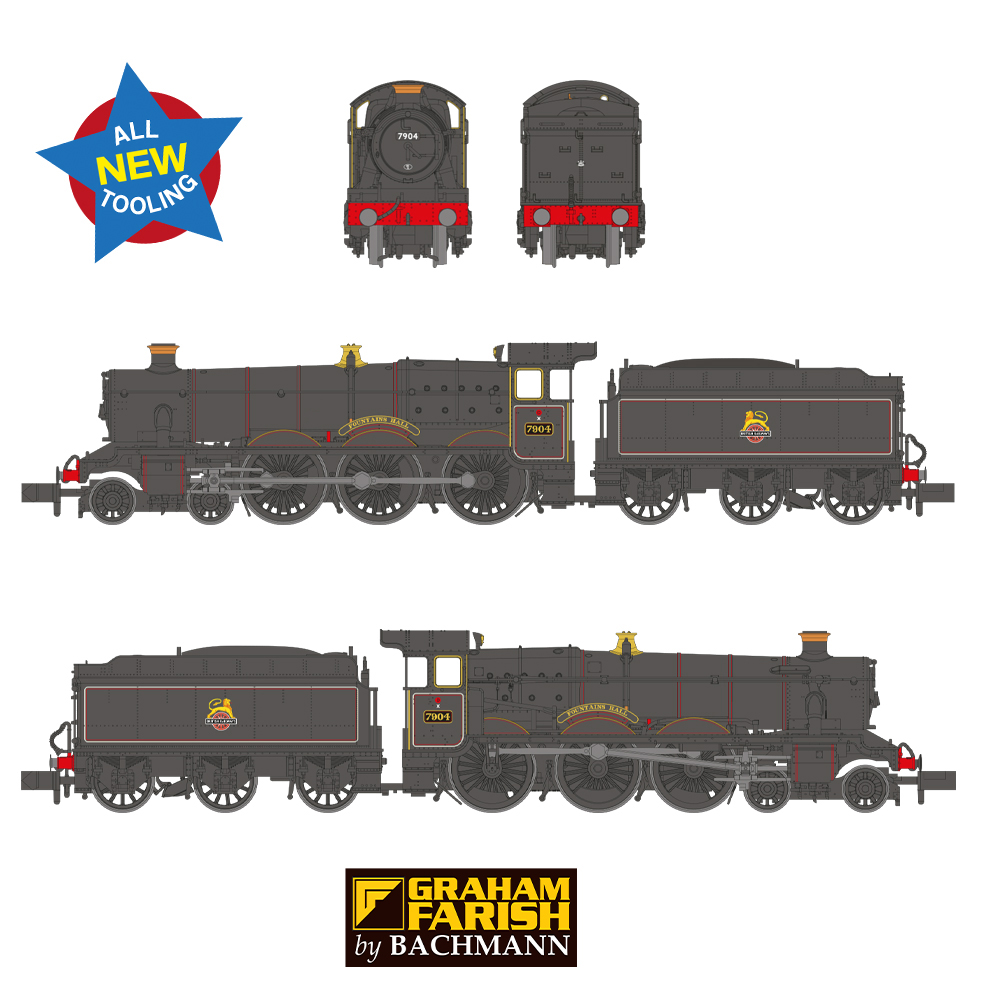
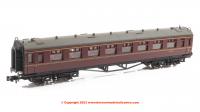
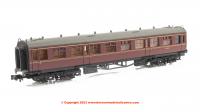
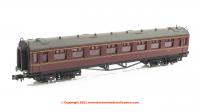
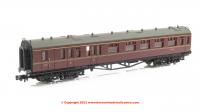

Connect with us socially

